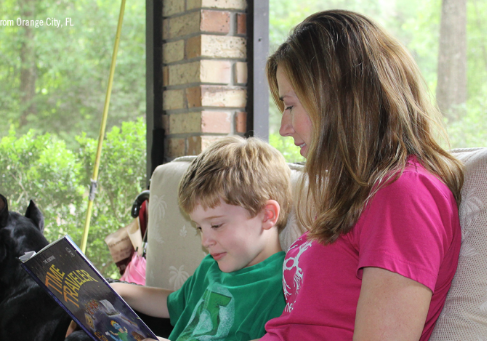One of the most effective ways to foster a love of reading in students is to give them the freedom to choose what they read. Self-selected reading empowers learners, promotes independence, and helps them build personal connections to texts. In a classroom setting, supporting this choice can make reading feel less like an assignment and more like a journey of personal discovery.
The Power of Choice
When students choose their own reading materials, they are more likely to engage deeply with the text. Choice increases motivation, enhances comprehension, and supports reading stamina. Whether a student selects a graphic novel, a historical fiction story, or a biography, the ability to follow their interests leads to a more meaningful reading experience.
Creating a Reader-Friendly Environment
Teachers play a key role in making self-selected reading successful. A welcoming classroom library with a wide range of genres, authors, and reading levels invites exploration. Displays that highlight student favorites, new arrivals, or themed collections can spark interest. Flexible reading time during the day ensures that students have regular opportunities to read and reflect.
Supporting All Readers
Some students may need guidance in finding books that fit their interests and reading level. Teachers can offer suggestions, conduct book talks, and use surveys to help students discover titles they may enjoy. Peer recommendations and book-sharing activities can also boost enthusiasm and foster a collaborative reading culture.
Balancing Freedom with Accountability
While choice is central, it’s also important to maintain accountability. Reading logs, journals, or brief reflections can help students track their progress and articulate their thoughts. Periodic check-ins and informal discussions give teachers insight into student engagement and comprehension without diminishing the joy of reading.
Conclusion
Encouraging self-selected reading in the classroom nurtures a sense of ownership and builds lifelong reading habits. By supporting student choice, creating inviting spaces, and offering gentle guidance, educators can transform reading from a task into a treasured part of everyday learning.






